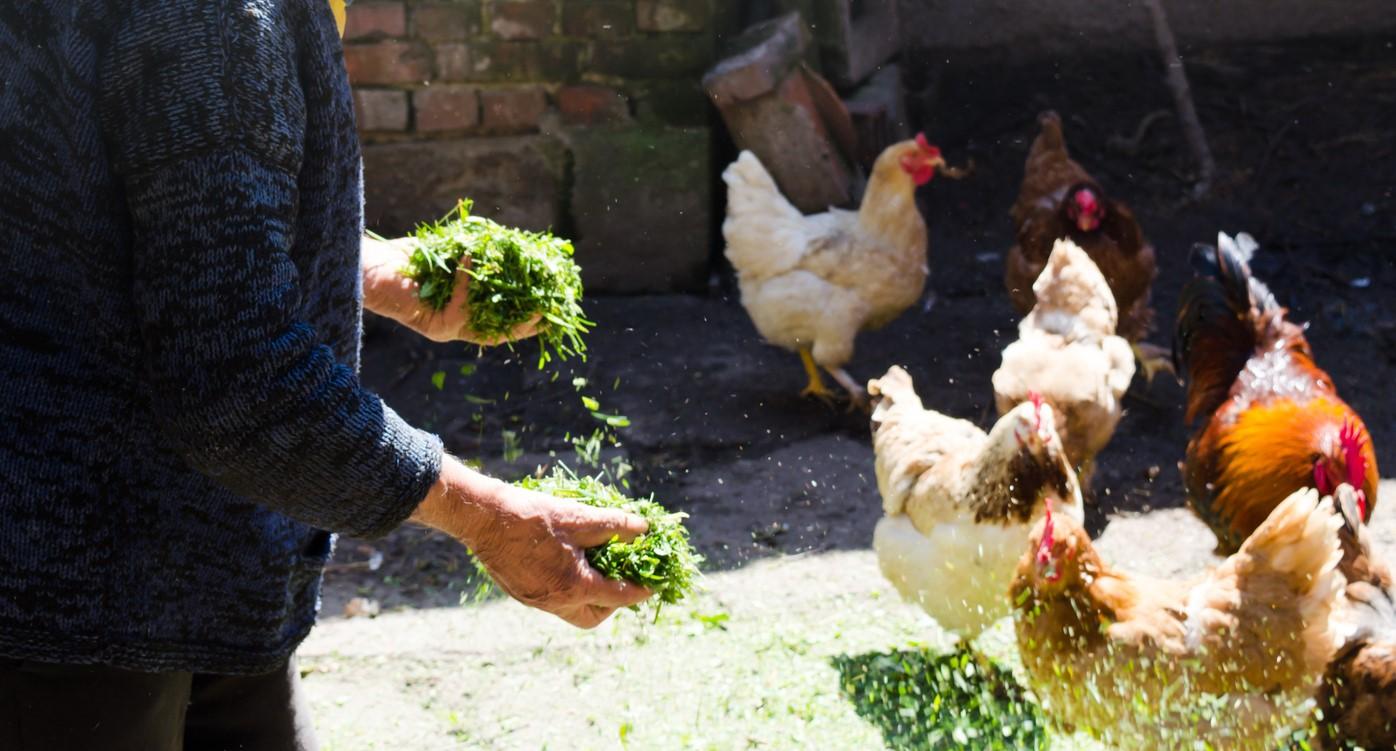China has reported a new human H5N1 avian flu case, marking the second case in recent months, an official with the World Health Organization (WHO) confirmed today.
Daniel Epstein, with the WHO's news media team, said China informed the WHO about the case on Feb 24. The patient is a 53-year-old woman from Jiangsu province who has a history of contact with poultry. The woman's symptoms began on Jan 31, and she was hospitalized on Feb 4.
Genetic sequencing suggests that she was infected with the 2.3.4.4b H5N1 clade, which is currently circulating widely in birds, Epstein said. "Since 2020, an increased number of avian influenza outbreaks have been reported in wild birds and poultry globally, and we can expect additional sporadic human cases."
The new case from China was first reported yesterday by BNO News.
We can expect additional sporadic human cases.
China's last H5N1 case involved a woman from Guangxi province who was sick in November and died from her infection. In a late December risk assessment, the WHO said the virus from that Chinese patient, as well as a recent case in Vietnam, also involved the 2.3.4.4b H5N1 clade.
CDC weighs in on Cambodian H5N1 clade
In related news, the US Centers for Disease Control and Prevention (CDC) yesterday detailed its genetic analysis of the full H5N1 avian flu virus sequence, shared by Cambodia's health ministry, from a girl who recently died from her infection.
The CDC said that the virus belongs to the 2.3.2.1c clade and is different from the 2.3.4.4b clade that is currently circulating in US wild birds and poultry and in domestic and wild birds across the globe. It added that the clade found in the Cambodian patient is similar to 2.3.2.1c clade H5N1 viruses that have been circulating in Southeast Asia in recent years.
Sequencing by the CDC also suggests that an existing clade 2.3.2.1c candidate vaccine virus would offer protection against the virus. Also, the CDC found no genetic changes known to be linked to enhanced ability to spread to people or reduced susceptibility to antiviral medications.
The CDC said it is supporting Cambodia with its investigation and that evidence suggests that the girl's case, and that of her father, represents two instances of bird-to-human spread, not human-to-human spread. It added that it has requested virus samples from both patients to confirm virus characteristics and to provide a more detailed risk assessment.

















